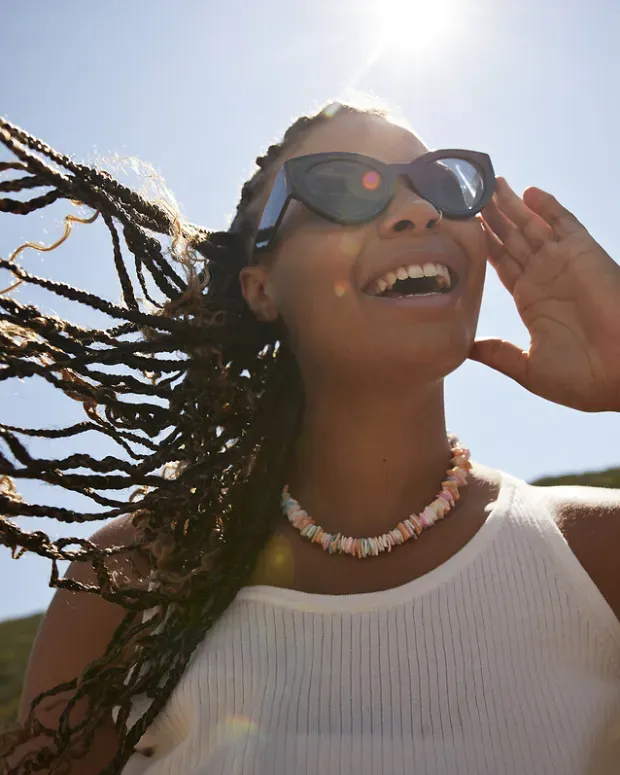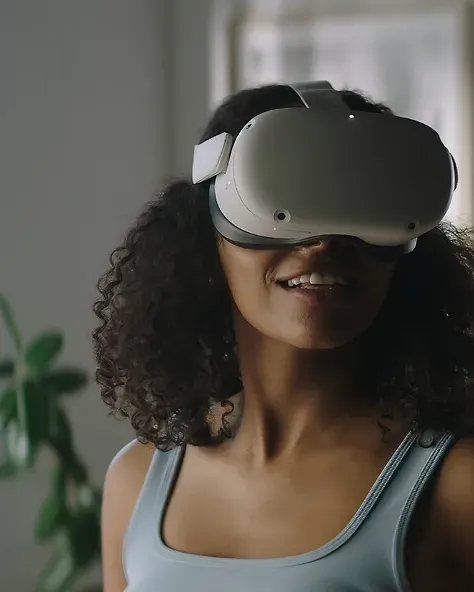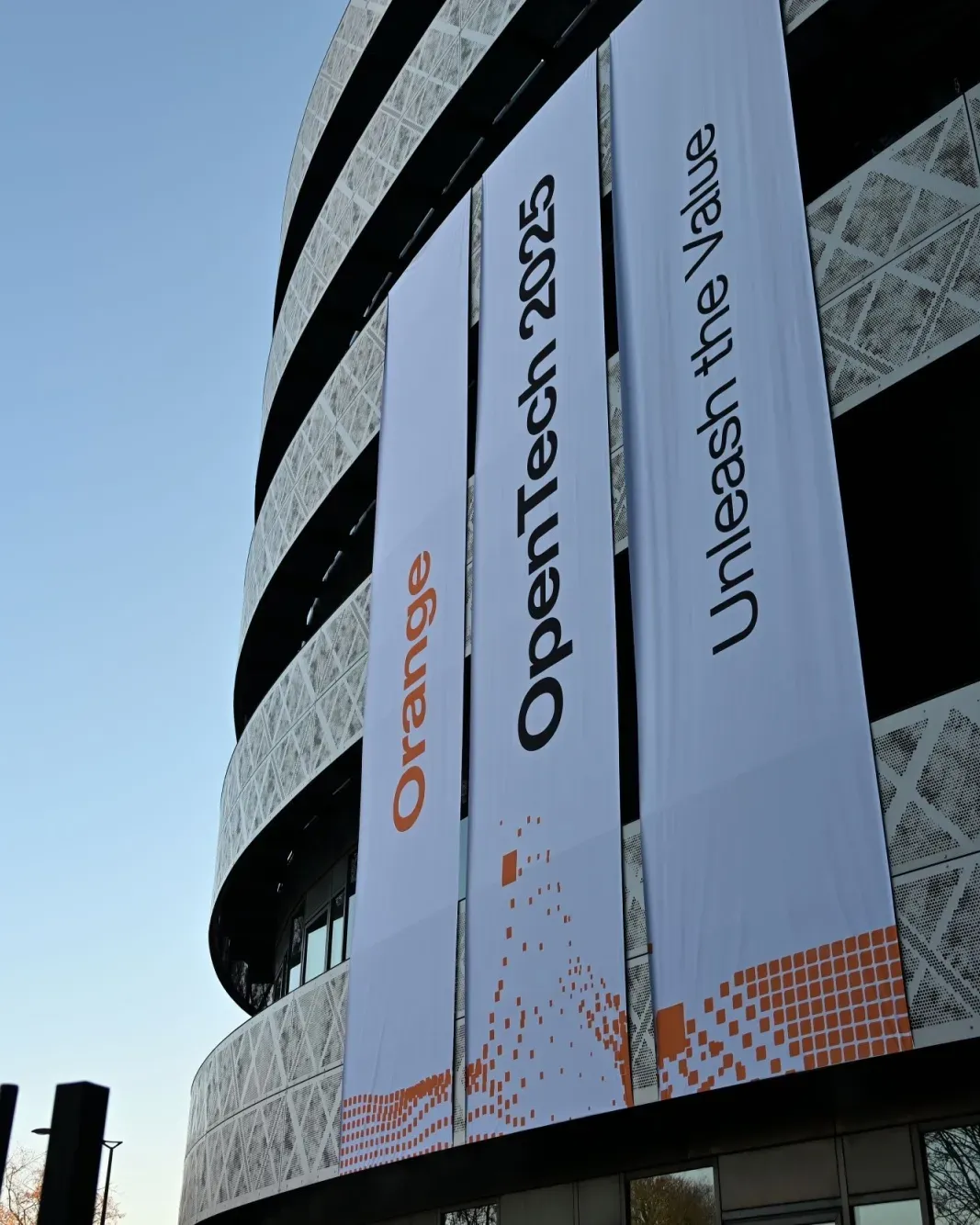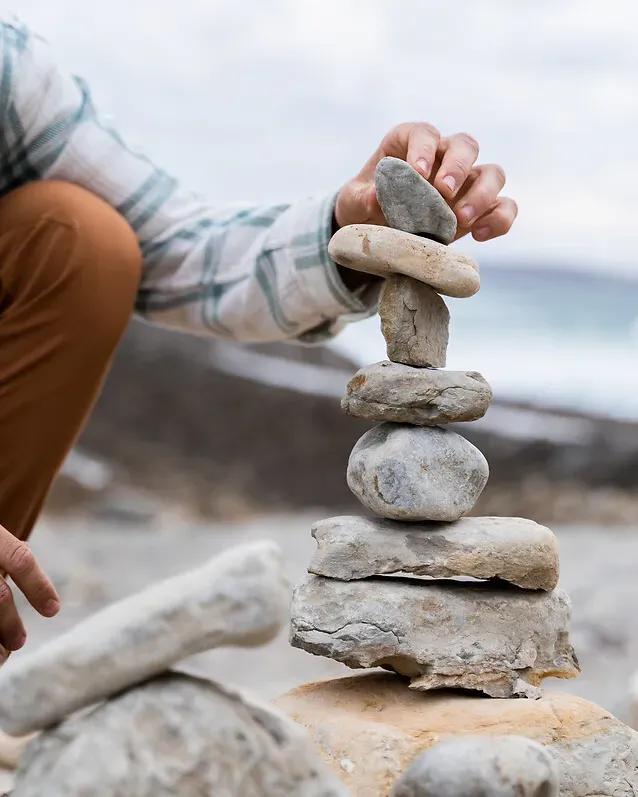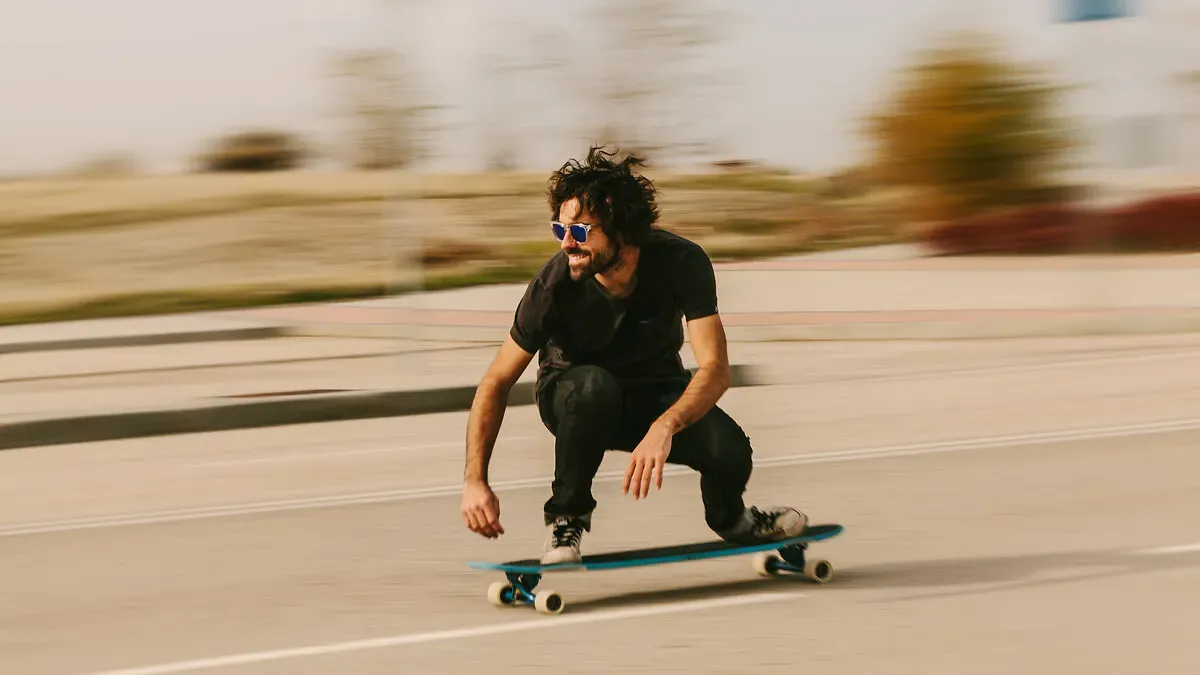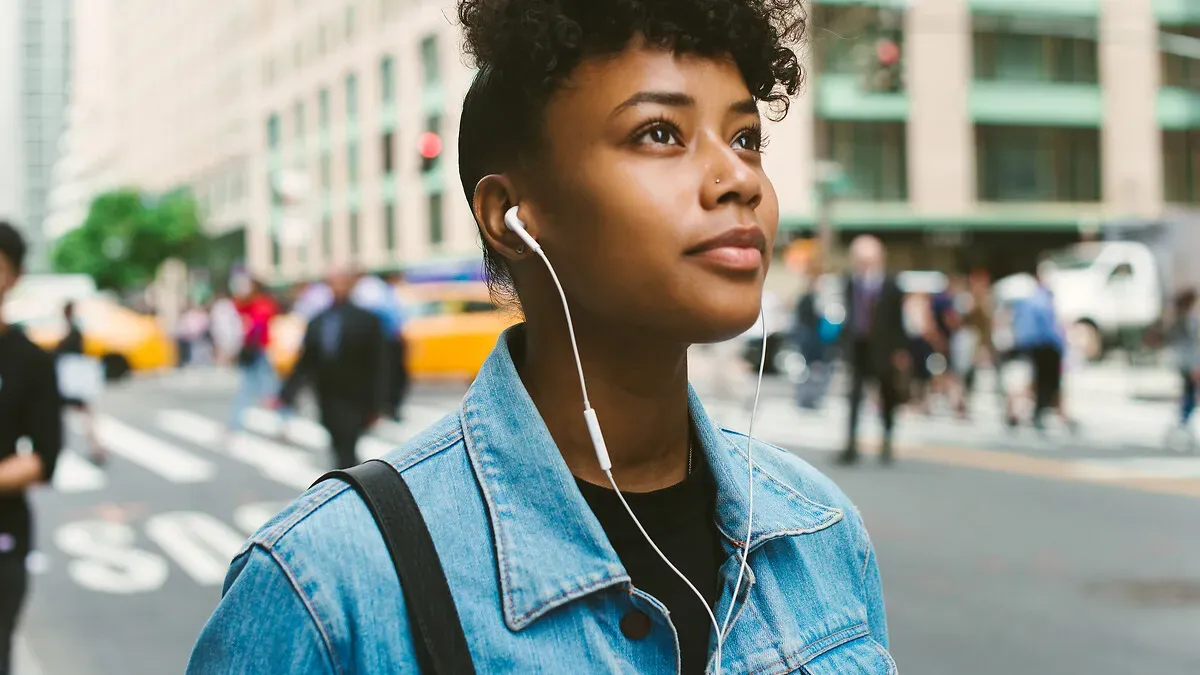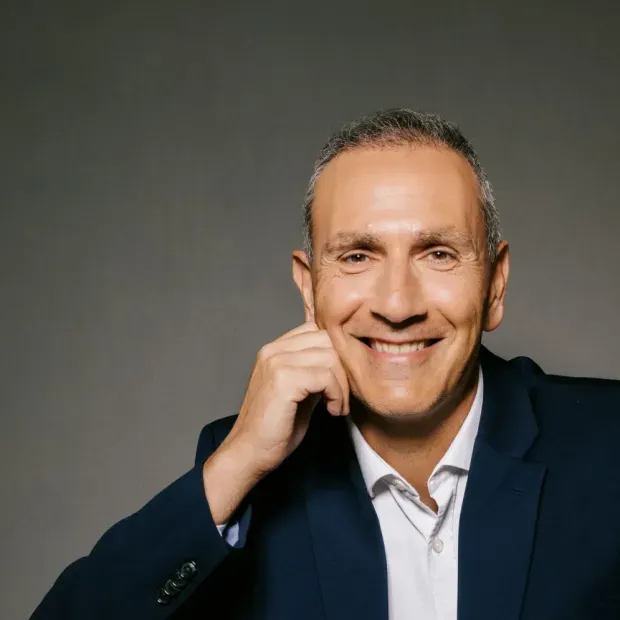
At Orange, we believe every innovation should be inclusive and beneficial for all. That’s why our vision for AI is ethical, low-impact, human-centered, and inclusive, without compromising our commitment to reducing CO2 emissions.
AI powering
smarter networks
AI is transforming our telecom networks, making them more reliable, responsive, secure, and high performing. By analyzing massive volumes of data in real time, our AI systems anticipate failures through predictive maintenance, while ensuring smarter traffic and network supervision.
This approach not only improves service quality but also optimizes our investments by allocating resources more efficiently. AI helps reduce the environmental footprint of our infrastructure, for instance, by powering down or reducing 4G antenna activity during low-traffic periods without affecting customer experience. AI also supports AI-based services, ensuring that these networks remain robust and reliable at all times.
maintenance callouts avoided by using AI- and data-based online diagnostic tools to test our customers’ FTTH boxes, Orange prevented 180,000 maintenance callouts in France. This shows how AI can create real value, by improving efficiency while reducing the environmental impact of travel.
AI powering
smarter networks
maintenance callouts avoided by using AI- and data-based online diagnostic tools to test our customers’ FTTH boxes, Orange prevented 180,000 maintenance callouts in France. This shows how AI can create real value, by improving efficiency while reducing the environmental impact of travel.
AI is transforming our telecom networks, making them more reliable, responsive, secure, and high performing. By analyzing massive volumes of data in real time, our AI systems anticipate failures through predictive maintenance, while ensuring smarter traffic and network supervision. This approach not only improves service quality but also optimizes our investments by allocating resources more efficiently. AI helps reduce the environmental footprint of our infrastructure, for instance, by powering down or reducing 4G antenna activity during low-traffic periods without affecting customer experience. AI also supports AI-based services, ensuring that these networks remain robust and reliable at all times.
How AI enhances
customer experience
AI allows our teams to offer more personalized and relevant solutions for customers. It helps anticipate their needs, making every interaction smoother, more inclusive, and more effective.
AI-powered chatbots can understand, interpret, and respond to text or voice requests, while human advisors use tools to quickly provide contextualized answers. This hybrid approach, combining technology and human expertise, ensures high-quality service while freeing employees to focus on higher-value tasks.
For businesses of all sizes, we democratize access to generative AI through solutions like Live Intelligence, Mon IA Pro, and the Le Chat app from Mistral AI, available with Pro Mobile subscriptions.
Data & AI experts at Orange in 2025. Orange has built a community of 2,000 data and AI experts, including 800 specifically focused on AI, developing and deploying innovative solutions across the Group. This internal expertise allows us to fully control AI technologies and integrate them responsibly into our services and processes.
How AI enhances
customer experience
Data & AI experts at Orange in 2025. Orange has built a community of 2,000 data and AI experts, including 800 specifically focused on AI, developing and deploying innovative solutions across the Group. This internal expertise allows us to fully control AI technologies and integrate them responsibly into our services and processes.
AI allows our teams to offer more personalized and relevant solutions for customers. It helps anticipate their needs, making every interaction smoother, more inclusive, and more effective. AI-powered chatbots can understand, interpret, and respond to text or voice requests, while human advisors use tools to quickly provide contextualized answers. This hybrid approach, combining technology and human expertise, ensures high-quality service while freeing employees to focus on higher-value tasks. For businesses of all sizes, we democratize access to generative AI through solutions like Live Intelligence, Mon IA Pro, and the Le Chat app from Mistral AI, available with Pro Mobile subscriptions.
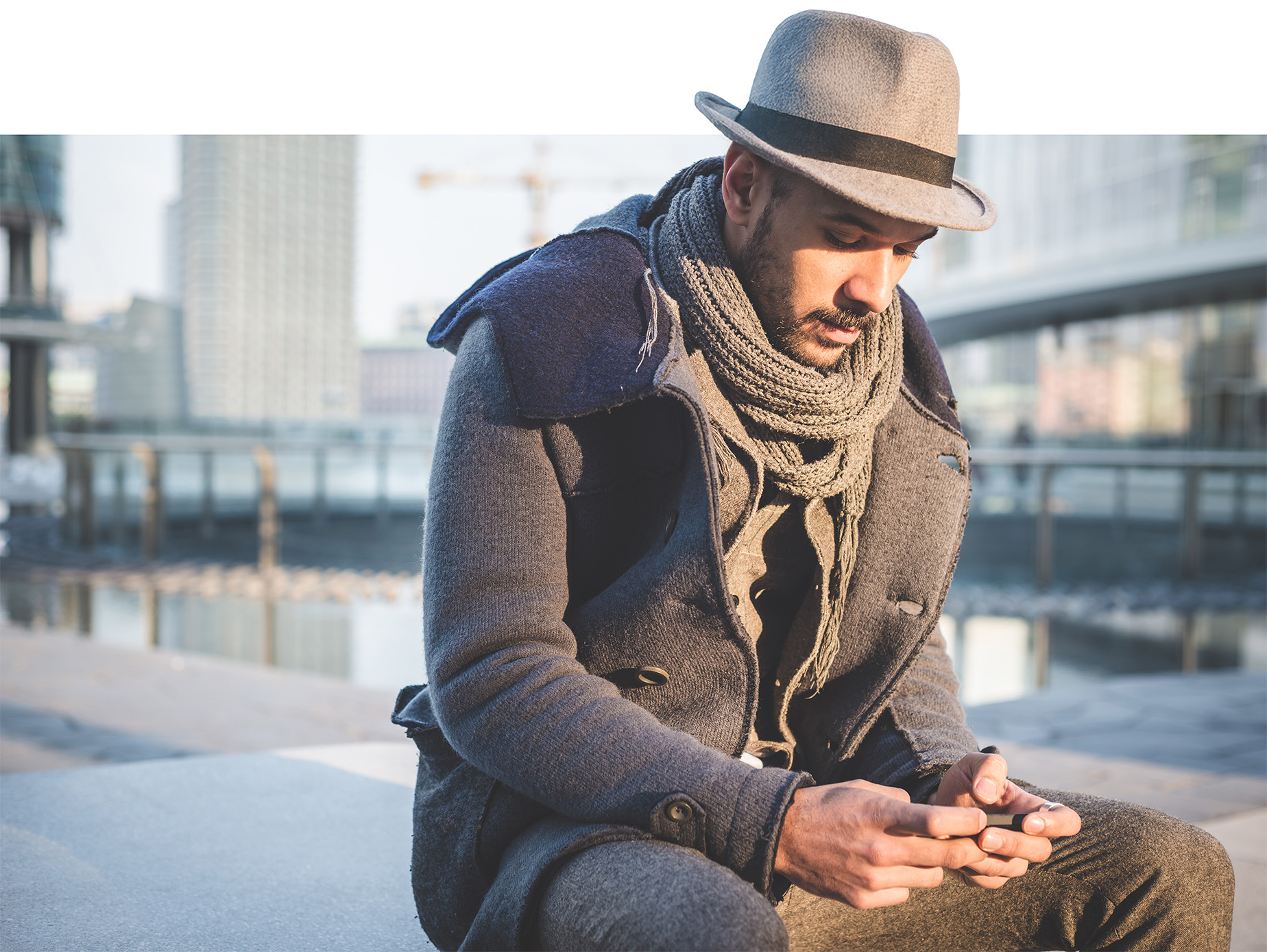
Widespread AI
adoption among teams
To maximize AI’s potential for our customers, we run extensive training programs. Dinootoo, our secure GenAI solution, is used by over 86,000 employees and has processed more than 22 million requests.
Over 81,000 employees have received training in data and AI.
This widespread internal adoption, including ethical AI training, allows us to refine our offerings based on firsthand experience, strengthening Orange’s position as a trusted AI provider.
We began by embracing this major shift ourselves, developing our own tool, Dinootoo, and our own use cases from as early as September 2023, so that Orange employees could lead the way in our commitment to responsible, efficient and low-impact AI.
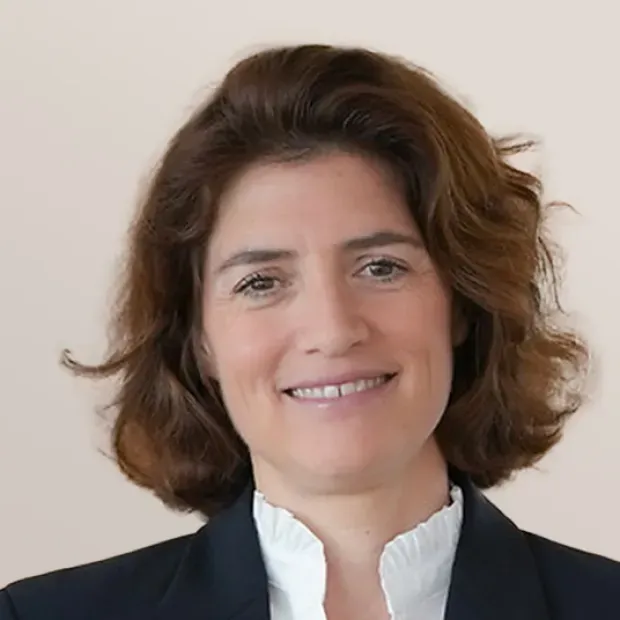
Widespread AI
adoption among teams
We began by embracing this major shift ourselves, developing our own tool, Dinootoo, and our own use cases from as early as September 2023, so that Orange employees could lead the way in our commitment to responsible, efficient and low-impact AI.

To maximize AI’s potential for our customers, we run extensive training programs. Dinootoo, our secure GenAI solution, is used by over 86,000 employees and has processed more than 22 million requests. Over 81,000 employees have received training in data and AI. This widespread internal adoption, including ethical AI training, allows us to refine our offerings based on firsthand experience, strengthening Orange’s position as a trusted AI provider.
150 AI use cases
in production across the Group.
180,000 maintenance
callouts avoided in France through AI-enabled online diagnostic tools.
86 000 users of Dinootoo,
our in-house GenAI solution.
22 million requests
processed by Dinootoo.
81,000 employees
trained in data and AI.
Orange’s approach to AI is grounded in strong ethical principles. Since 2021, our Data & AI Ethics Council, made up of 11 independent experts, has guided the implementation of a framework for responsible AI and data use.
We develop fair systems, fight algorithmic bias, and promote diversity in development teams. Our commitment to responsible and inclusive AI earned us the international GEEIS-AI label, renewed in early 2025 and expanded to cover generative AI practices.
Environmentally, we focus on frugal AI, optimizing deployment for efficiency and sustainability. We monitor carbon impact for generative AI and integrate environmental considerations into AI solutions from the design stage.
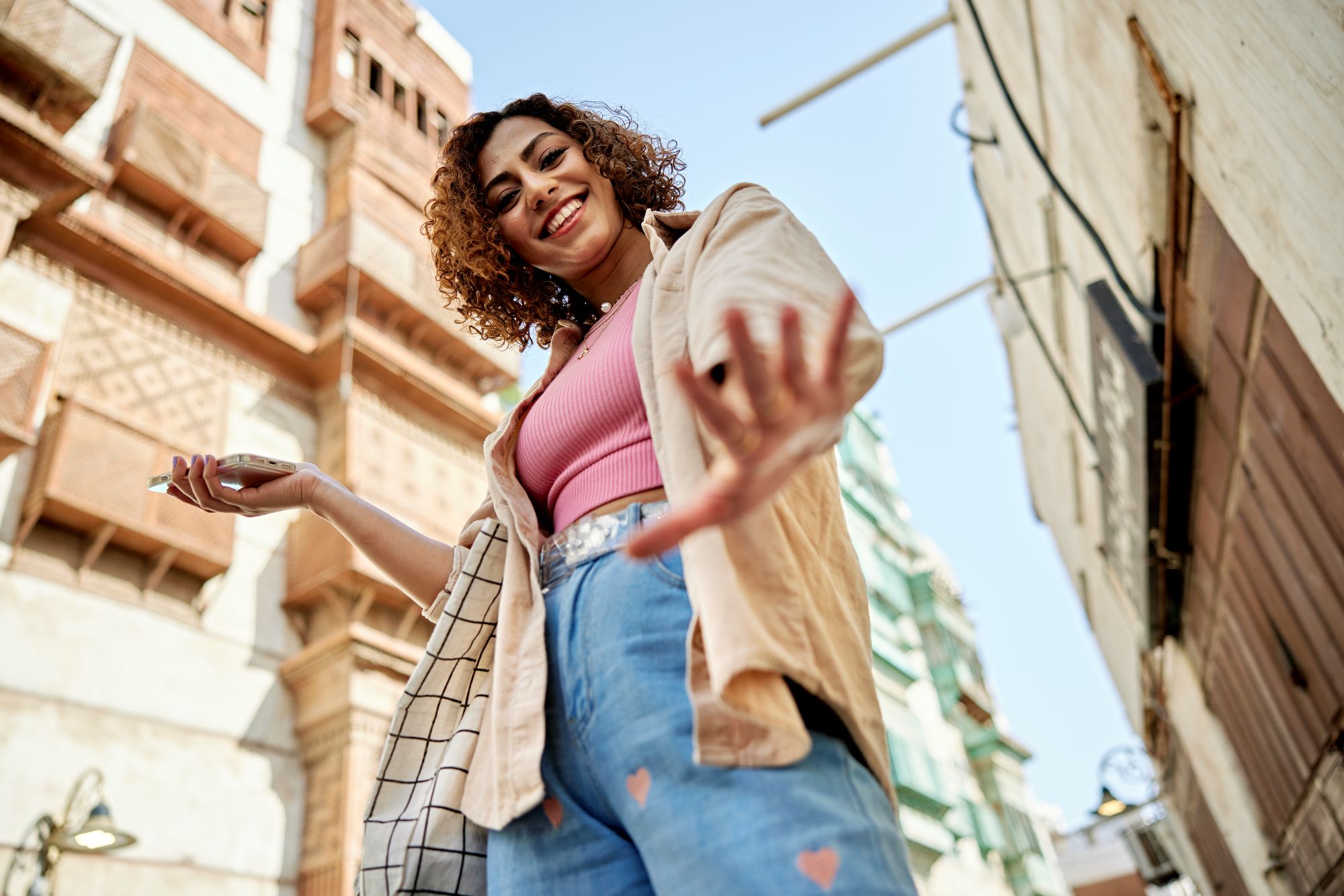
How AI
drives growth and inclusion in Africa
In Africa, we have incorporated regional languages into open-source AI models for the first time. This promotes digital inclusion, allowing people to communicate in their local languages. This initiative reflects our broader commitment to democratize AI access and reduce digital inequalities.
AI is not an end in itself. It is a tool to create value for our customers and teams while contributing to a more responsible and inclusive digital world.
How AI
drives growth and inclusion in Africa
AI is not an end in itself. It is a tool to create value for our customers and teams while contributing to a more responsible and inclusive digital world.
In Africa, we have incorporated regional languages into open-source AI models for the first time. This promotes digital inclusion, allowing people to communicate in their local languages. This initiative reflects our broader commitment to democratize AI access and reduce digital inequalities.
